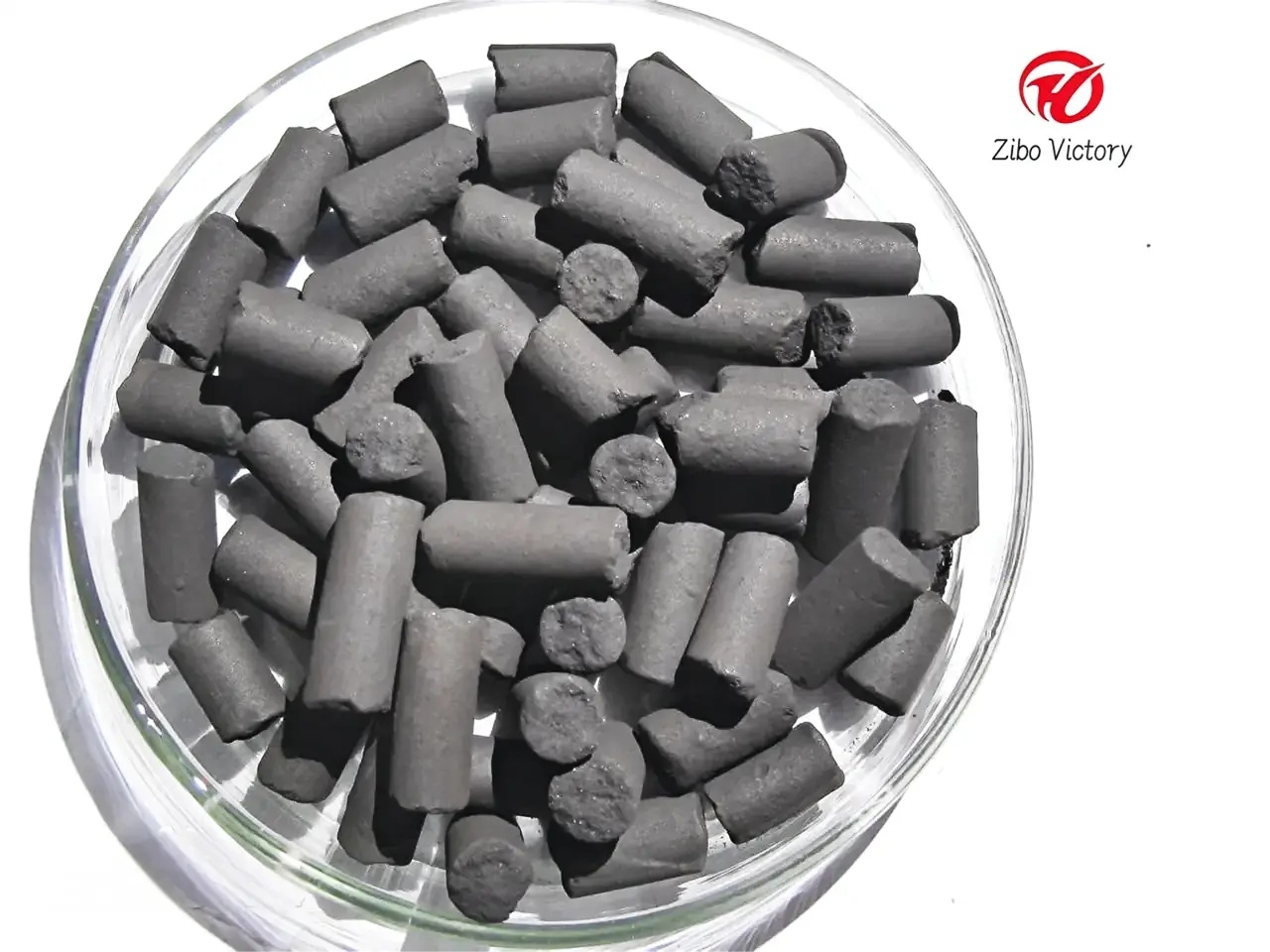What is columnar activated carbon?

http://zibovictroy.com/product-Suitability-18.html
Columnar Activated Carbon is a specialized form of activated carbon processed into cylindrical shapes (columns or pellets) through extrusion, often involving a binder. Here's a detailed breakdown:
Key Characteristics:
Shape & Structure:
Formed into uniform, cylindrical pellets (typically 1-5 mm in diameter), enhancing structural integrity and flow dynamics in filtration systems.
Production Process:
Raw carbon materials (e.g., coal, coconut shells) are mixed with a binder, extruded into columns, and then activated via high-temperature processes to develop porosity.
Advantages:
Mechanical Strength: Resists crushing, ideal for high-pressure or high-flow environments.
Low Pressure Drop: Uniform shape allows efficient fluid/gas flow with minimal energy loss.
Reduced Dust: Less friable than granular forms, beneficial in sensitive applications (e.g., pharmaceuticals).
Consistent Packing: Prevents channeling in fixed-bed systems, improving adsorption efficiency.
Regeneration-Friendly: Durable structure supports repeated reactivation, extending lifespan.
Applications:
Industrial Gas Treatment: Removes contaminants (e.g., VOCs, odors) in chemical plants.
Water Purification: Used in municipal or industrial water treatment columns.
Air Filtration: Effective in HVAC systems and solvent recovery.
Catalyst Support: Serves as a substrate in chemical reactions due to its stable form.
Comparison to Other Forms:
Granular (GAC): Irregular shapes may cause uneven packing but offer high surface area.
Powdered (PAC): Finer particles for rapid adsorption but unsuitable for flow-through systems.
Columnar: Balances flow efficiency, durability, and ease of handling, though potentially costlier due to extrusion processes.
Considerations:
Binder Impact: May slightly reduce porosity, but activation post-extrusion mitigates this.
Cost: Higher production costs compared to GAC or PAC, offset by longevity and performance in specific uses.
In essence, columnar activated carbon is optimized for industrial and large-scale applications where mechanical robustness, flow control, and low maintenance are critical.



 Send Email
Send Email +8613325203316
+8613325203316